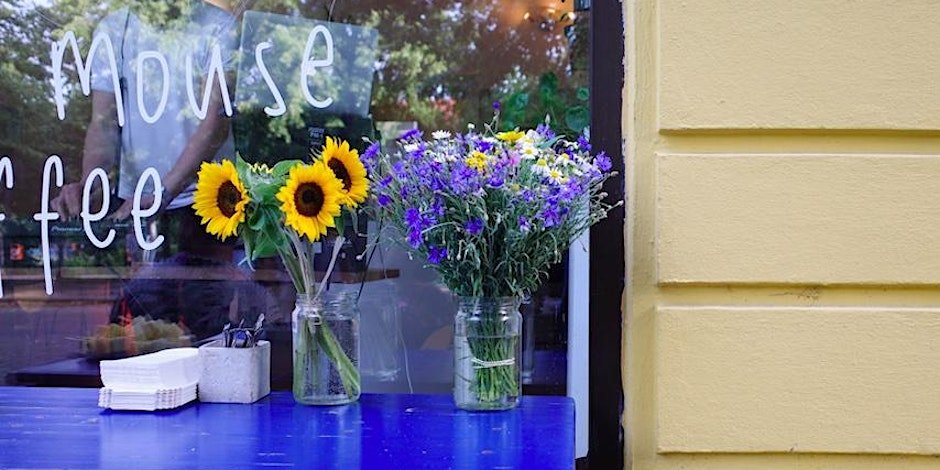Repurposing coffee grounds
DIY Cosmetics
Hair brightener, skin scrubs, and face masks can all be made with used coffee grounds. Who knew that coffee could make you so beautiful?
Reduce undereye bags by massaging the area gently with a coffee grounds face scrub.
Henna for your hair or henna skin tattoos can be made a shade darker by adding coffee grounds!
Recipe for coffee grounds-based exfoliating skin scrub
Dry coffee grounds by spreading out on a tray in an even layer.
Mix 1 cup (250ml) of dry coffee grounds with 1 cup (250ml) of sugar and stir in 1/2 cup of melted coconut oil and let cool to room temperature and harden. Coconut oil becomes liquid at 24°C so you may want to store it in the fridge in summer.
It’s that simple! You can store this in a jar in the shower to use as often as you like. It also smells great!
Household useS
Coffee grounds can absorb odors just like baking soda. Try putting an open cup of grounds on a shelf in your fridge, kitchen, or bathroom.
The gently abrasive texture of coffee grounds can be used to scrub pots and pans.
Repel mosquitoes by placing a few cupfuls around your patio!
MULCH, COmpost, soiL
Anything coming from the soil can and should be returned to the soil to replenish and regenerate it. Coffee undergoes very little processing and can safely be composted or applied directly to the soil around plants. It is a rich source of the nitrogen that your plants need for leafy growth and contains potassium and phosphorus for plant health.
In light of all things from the soil returning to the soil, if you feel your garden (in or outdoor) is not large enough for the amount of coffee grounds you produce, or it needs a break, then place spent grounds in the organic waste container! We hope this goes without saying, nonetheless, we mention it.
Coffee grounds are in excess — coffee being the most popular drink worldwide. As with anything, use in moderation in your garden, changing the location of deposit regularly.
Coffee grounds can be quite acidic so some care is needed. The acidity becomes neutralized as it decomposes, but to be safe keep the proportion of grounds to soil no more than 20%.
A few plants that love acidic soil are hydrangeas, rhododendron, and blueberries, so they can benefit especially from the addition of coffee grounds, but still not in excessive amounts.
If you have a worm bin, your wiggly friends will find a dose of coffee grounds especially tasty! If the worms are new to coffee grounds in the bin, start by adding a little and gradually increase the amount as they get used to it.
Your indoor plants benefit in myriad ways by feeding the soil with coffee grounds as well as used tea or infusion leaves and flowers. Crumble the contents between your fingers to avoid clumping and moulds. They can be lightly worked into the surface soil, or remain on the surface as a mulch protectant.
You can use coffee grounds to repel slugs and snails by applying the grounds directly to the base of plants. This light mulch needs to be replenished often to be effective. Try it with both garden and container-grown plants.
After serving its purpose in organic cosmetics or in the kitchen, coffee grounds can still be tossed in the compost!



